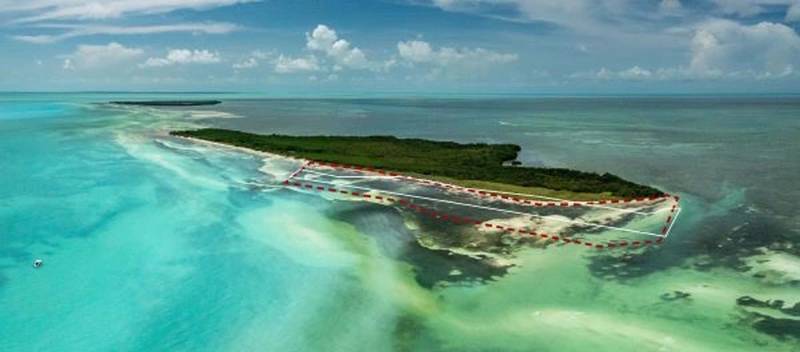After more than a decade of collaboration with cooperating agencies, community experts and public input, NOAA today released the final management plan and environmental impact statement for Florida Keys National Marine Sanctuary.
The documents outline NOAA’s regulatory recommendations and mark a critical milestone in the most comprehensive public process to restore the Florida Keys’ delicate ecosystem.
The first management plan update since 2007 — crafted with extensive collaboration among NOAA, State of Florida agencies and local communities — outlines revised goals for the sanctuary in a rapidly changing environment and the programmatic activities to meet those goals. It emphasizes the high-priority actions in adaptive management, water quality, restoration, visitor access, enforcement and engagement.
Under Restoration Blueprint, the “no entry” area at Woman Key has been enlarged slightly (shown as red dash line) as a buffer for turtles and historically-important bird populations.
“Since the last management plan in 2007, the sanctuary has faced escalating impacts from local, regional and global environmental changes,” said Nicole LeBoeuf, director of NOAA’s National Ocean Service. “It is our responsibility as stewards of this special place to address these impacts, including changing how we interact with our coral reefs and other nearshore habitats that wildlife — and the economies of South Florida — depend on. Together, we can make the Restoration Blueprint a path to success for the Florida Keys.”
The sanctuary was established in 1990 by an act of Congress, and NOAA issued implementing regulations in 1997. NOAA manages the sanctuary in partnership with the State of Florida. Over the last 30 years, coral disease, coral bleaching, warmer ocean temperatures, increased human use and more frequent and intense storms and hurricanes have impacted the region. Sanctuary ecological and marine resources — the lifeblood of the region’s economy — also face threats from poor water quality, marine debris and increased use of the ecosystem.
“Over the last 13 years, NOAA has worked closely with the Keys community, stakeholders and partners to inform a robust and thoughtful Restoration Blueprint that addresses impacts to the ecosystem, while continuing to support the local economy,” said John Armor, director of NOAA’s Office of National Marine Sanctuaries. “After the last few years of coral disease and marine heatwaves, this effort is critical to ensuring that the coral restoration and other active measures are in place to ensure the local economy and ecosystem continues to thrive.”
This management plan is accompanied by an environmental impact statement that analyzes the environmental, social and economic effects of the plan, as well as pending updates to the sanctuary’s boundary, regulations and marine zones that will complement the new management plan. As required by the National Environmental Policy Act, NOAA must wait 30 days after publication of the final environmental impact statement before issuing a final rule to implement these regulatory changes.
For more information on the Restoration Blueprint, please see story on the NOAA Office of National Marine Sanctuaries website.

